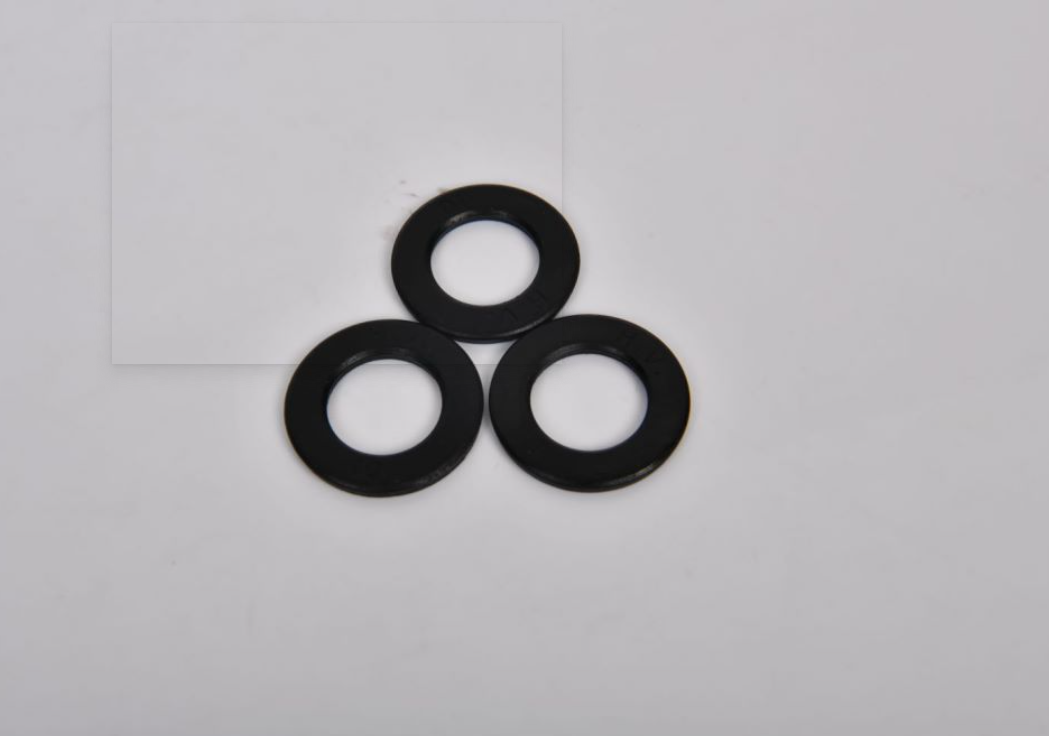Comparing Custom Split Washers and Spring Washers for Optimal Performance and Application
Custom Split Washer vs. Spring Washer Understanding the Differences
When it comes to mechanical applications, fastening and securing parts effectively is crucial for the overall performance and durability of the assembly. Two common types of washers used for these purposes are custom split washers and spring washers. While they both serve similar functions—preventing loosening under dynamic loads—there are key differences between them that are important to understand for optimal application.
What is a Split Washer?
A split washer, often referred to as a lock washer, is a circular washer with a split or gap that allows the washer to deform under pressure. When a bolt or screw is tightened, the split washer compresses, creating a locking effect that helps secure the fastener in place. This design provides resistance to loosening due to vibration and ambient movements, making split washers ideal for high-vibration applications. Custom split washers can be tailored in terms of size, material, and shape to fit specific requirements, adding versatility to their applications.
What is a Spring Washer?
On the other hand, a spring washer, often known as a helical washer, is designed to maintain tension. It comes in a spiral or cone shape, which allows it to exert continuous pressure on the fastener even when subjected to loads. Unlike split washers, spring washers do not rely on deformation for their locking action; instead, they utilize their inherent elasticity to maintain tension and prevent loosening. They are particularly suitable for applications where loads may fluctuate or change, as they can adapt to varying forces without losing their grip.
Key Differences
custom split washer vs spring washer

1. Design and Functionality - Split washers function primarily through deformation. Their split design allows them to bite into the surface when compressed, creating friction that holds the fastener in place. This design is particularly effective in applications with consistent vibrations. - Spring washers, in contrast, rely on the tension generated by their coiled shape. They can provide a more constant clamping force, which is crucial in situations where loads are dynamic and subject to change.
2. Load Bearing Capacity - Split washers are effective in preventing loosening but may not maintain their locking ability when subjected to significant fluctuating loads. Their application is often limited to static or low dynamic loads. - Spring washers, on the other hand, excel in environments where loads can vary greatly. Their design allows them to accommodate and react to changes in pressure, making them ideal for projects involving machinery or equipment with moving parts.
3. Customization - Custom split washers can be tailored to specific dimensions and materials, which can enhance their performance in specialized applications. They allow for flexibility in manufacturing processes, catering to unique project needs. - Spring washers can also be customized, but the focus is typically on the coil characteristics, such as the number of spirals or the thickness of the material. The aim here is to achieve the desired spring tension and flexibility.
4. Applications - Split washers are commonly found in low-strength fastening applications such as electronics, automotive assemblies, and furniture, where vibration is a concern but where weights are not overly tasking. - Spring washers are often utilized in heavy machinery, aerospace applications, and any setting where dynamic loads are present, as they offer greater adaptability to changing conditions.
Conclusion
In summary, both custom split washers and spring washers have their distinct advantages and ideal applications. Choosing the right washer depends on the specific mechanical requirements of the assembly and the environment in which it operates. For high-vibration, low-load situations, a custom split washer may suffice. Conversely, for dynamic and fluctuating loads, a spring washer is likely the better choice. Understanding these differences aids engineers and manufacturers in making informed decisions, ensuring enhanced performance and longevity of their mechanical systems.
-
Top Choices for Plasterboard FixingNewsDec.26,2024
-
The Versatility of Specialty WashersNewsDec.26,2024
-
Secure Your ProjectsNewsDec.26,2024
-
Essential Screws for Chipboard Flooring ProjectsNewsDec.26,2024
-
Choosing the Right Drywall ScrewsNewsDec.26,2024
-
Black Phosphate Screws for Superior PerformanceNewsDec.26,2024
-
The Versatile Choice of Nylon Flat Washers for Your NeedsNewsDec.18,2024










